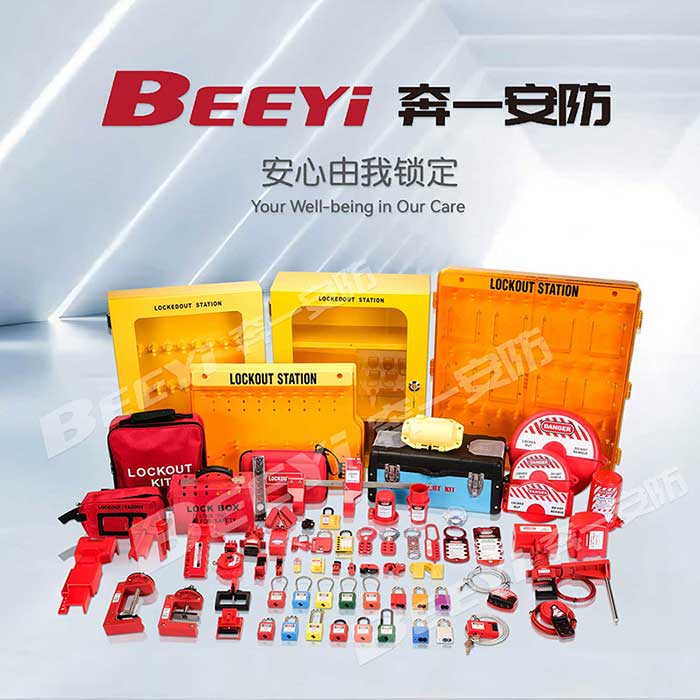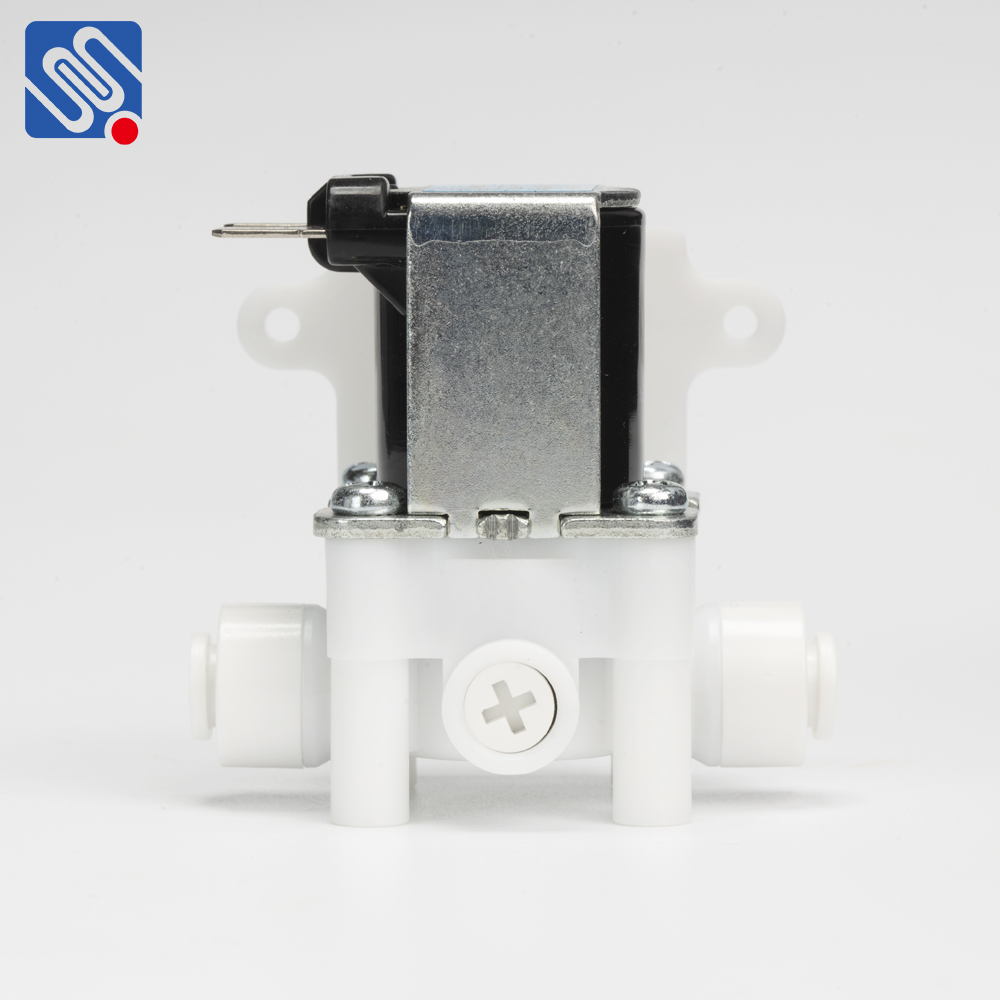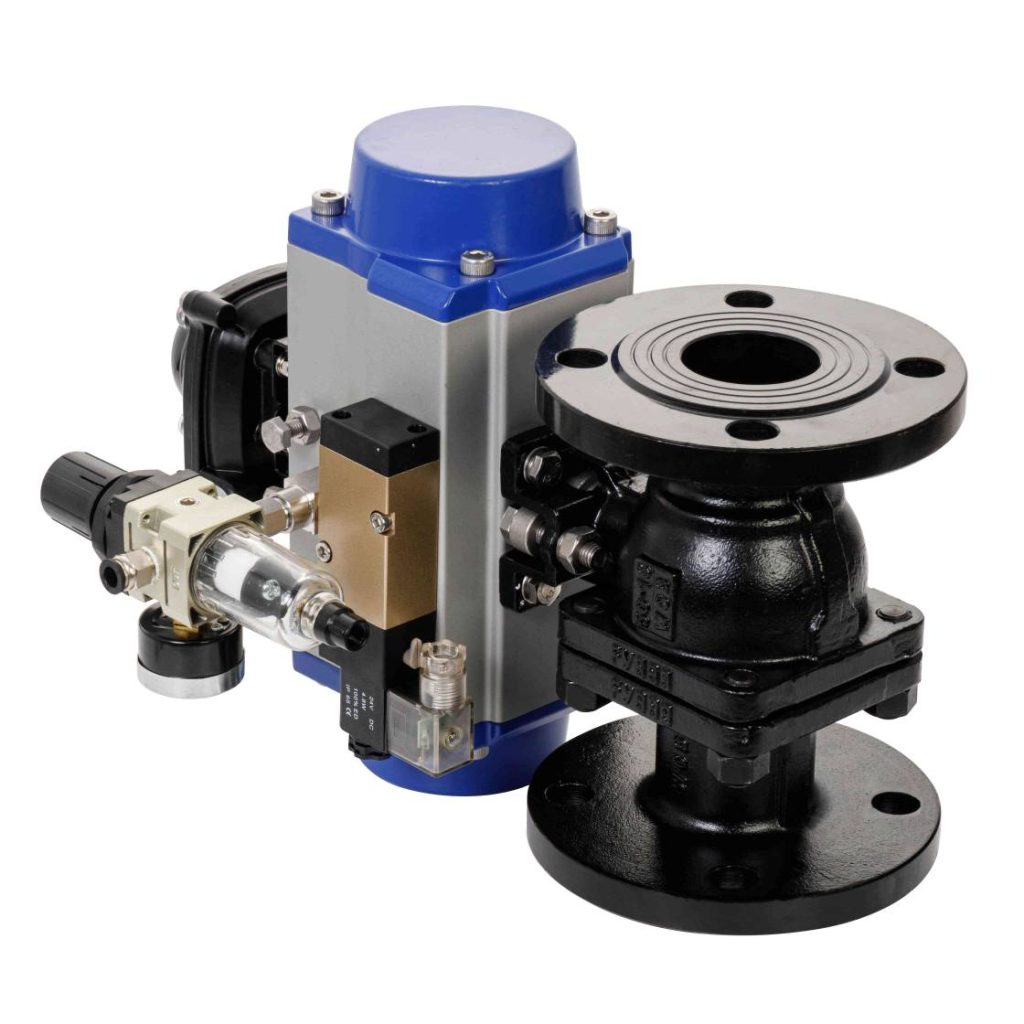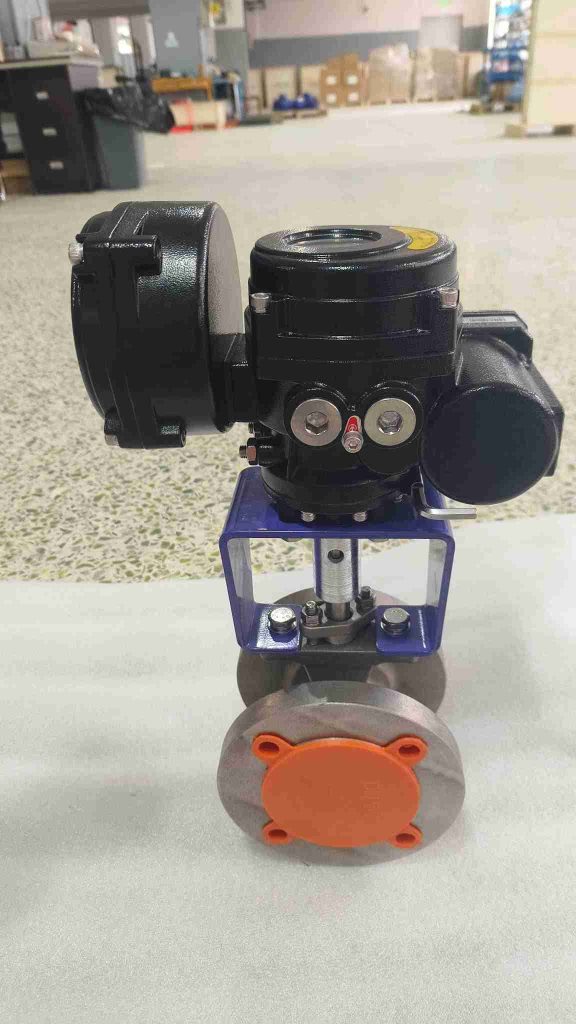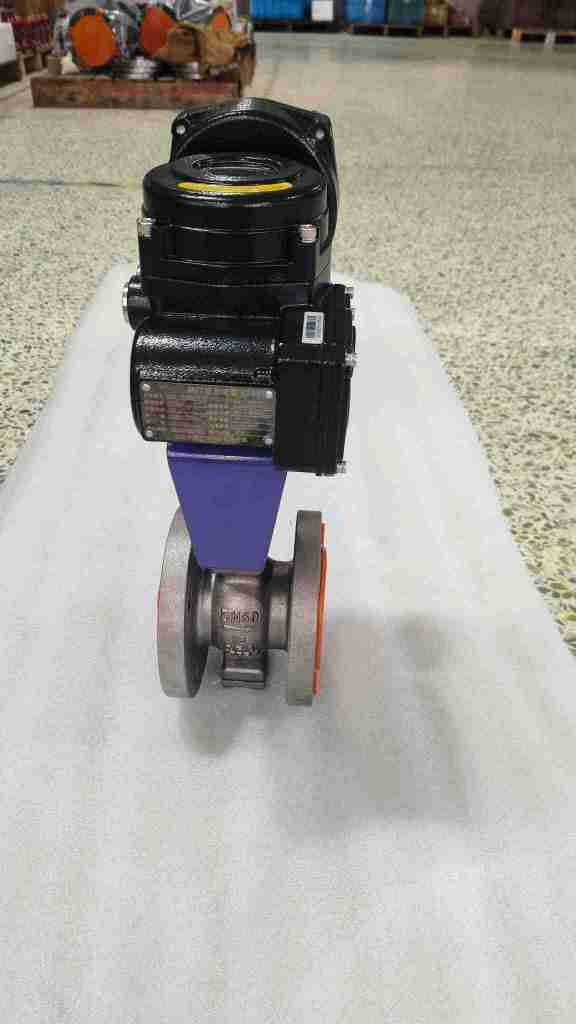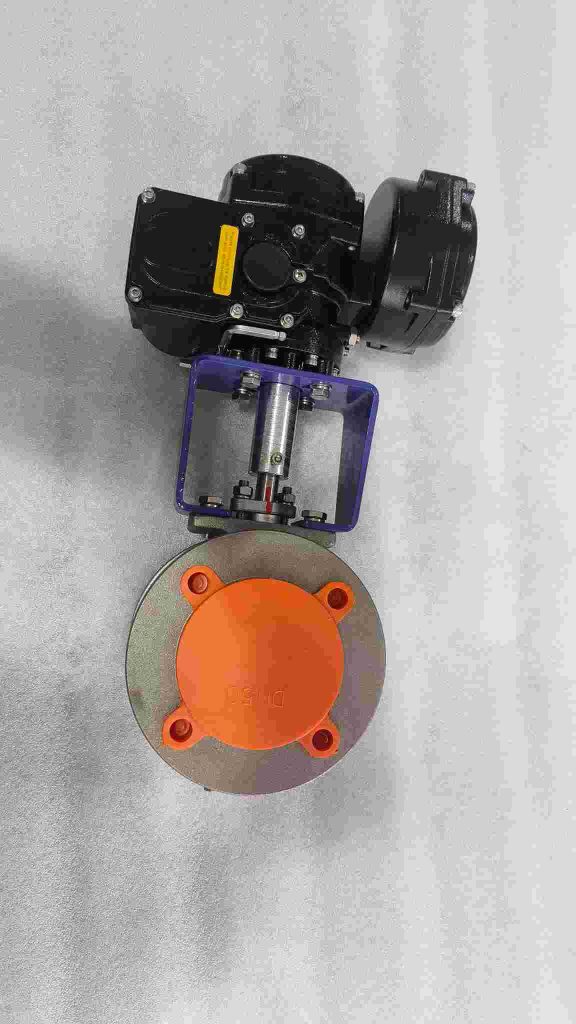In today’s industrial environment, worker safety is of paramount importance. One critical aspect of ensuring that workers remain safe while performing maintenance or repair tasks on machinery is the use of lockout/tagout (LOTO) procedures. A key component of these procedures is the lockout hasp, a simple but effective tool designed to prevent the accidental release of hazardous energy. This article explores the role of Lockout Hasps factories in manufacturing these essential safety devices and their importance in the industrial safety landscape.

The Importance of Lockout Hasps Lockout hasps are integral to industrial safety. They serve as a physical barrier that locks energy sources in place, preventing the unexpected release of electrical, mechanical, hydraulic, or other forms of hazardous energy during maintenance or repair operations. These devices help to safeguard workers from potential accidents such as electrical shocks, mechanical injuries, or chemical exposures. When maintenance work is being carried out on machinery or equipment, workers need assurance that the machine will not accidentally start while they are still working on it. This is where lockout hasps come into play. A lockout hasp is typically a metal plate with multiple holes designed to allow several locks to be attached. Each worker involved in the maintenance procedure can use their own lock, ensuring that no one can start the machine without everyone’s consent.


